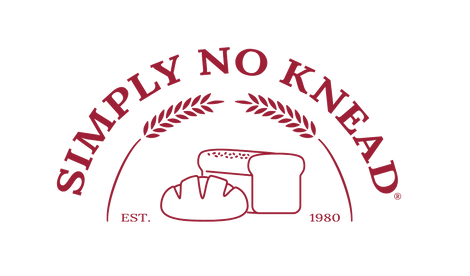
Mastering the Art of Gluten-Free Bread Making: Tips, Tricks, and Recipes
Gluten-free bread making has become increasingly popular in recent years, driven by a growing demand for dietary alternatives among individuals with gluten intolerance or celiac disease. Despite its rising popularity, mastering the art of gluten-free bread making presents unique challenges. In this blog post, we will delve into the intricacies of gluten-free bread making, offering valuable tips, tricks, and recipes to help you achieve delicious results.
Challenges of Gluten-Free Bread Making: Creating gluten-free bread that matches the taste and texture of traditional bread can be a daunting task. The absence of gluten, a protein responsible for providing structure and elasticity in dough, often results in bread that is dry, crumbly, or dense. Overcoming these challenges requires an understanding of alternative ingredients and specialized techniques.
Understanding Gluten-Free Flours: Gluten-free baking relies on a variety of alternative flours, each with its own unique properties and characteristics. Almond flour, rice flour, tapioca flour, and sorghum flour are among the most commonly used options. Blending these flours in the right proportions is essential for achieving the desired texture and flavor in gluten-free bread.
Tips and Tricks for Successful Gluten-Free Bread Making:
- Blend Flours for Balance: Combining different gluten-free flours helps to balance their strengths and weaknesses, resulting in a more well-rounded bread.
- Use Binders and Starches: Incorporating binders such as xanthan gum or guar gum, along with starches like potato starch or arrowroot starch, helps improve the structure and texture of gluten-free bread.
- Incorporate Liquid Ingredients: Liquid ingredients such as eggs, yogurt, or milk alternatives add moisture and tenderness to gluten-free bread, preventing it from becoming dry or crumbly.
- Experiment with Leavening Agents: Yeast, baking powder, and baking soda are essential for achieving proper rise and texture in gluten-free bread. Experimenting with different leavening agents can yield varying results.
Recommended Products for Gluten-Free Baking: When embarking on your gluten-free bread making journey, it's essential to have access to high-quality ingredients and specialized products. At our store, we offer a range of gluten-free flour blends, binders, and other essential ingredients tailored specifically for gluten-free baking.
Gluten-Free Bread Recipes:
- Basic Sandwich Bread: A simple yet versatile recipe for everyday gluten-free bread suitable for sandwiches or toast.
- Rustic Artisan Loaf: A rustic, crusty loaf with a soft interior, perfect for serving alongside soups or salads.
- Sweet Bread Variation: Indulge your sweet tooth with a gluten-free sweet bread recipe, ideal for breakfast or dessert.
Mastering the art of gluten-free bread making requires patience, experimentation, and a willingness to explore alternative ingredients and techniques. By following the tips, tricks, and recipes outlined in this blog post, you can elevate your gluten-free baking skills and enjoy delicious homemade bread that caters to your dietary preferences. We invite you to explore our selection of gluten-free products and embark on your gluten-free bread making journey with confidence.
